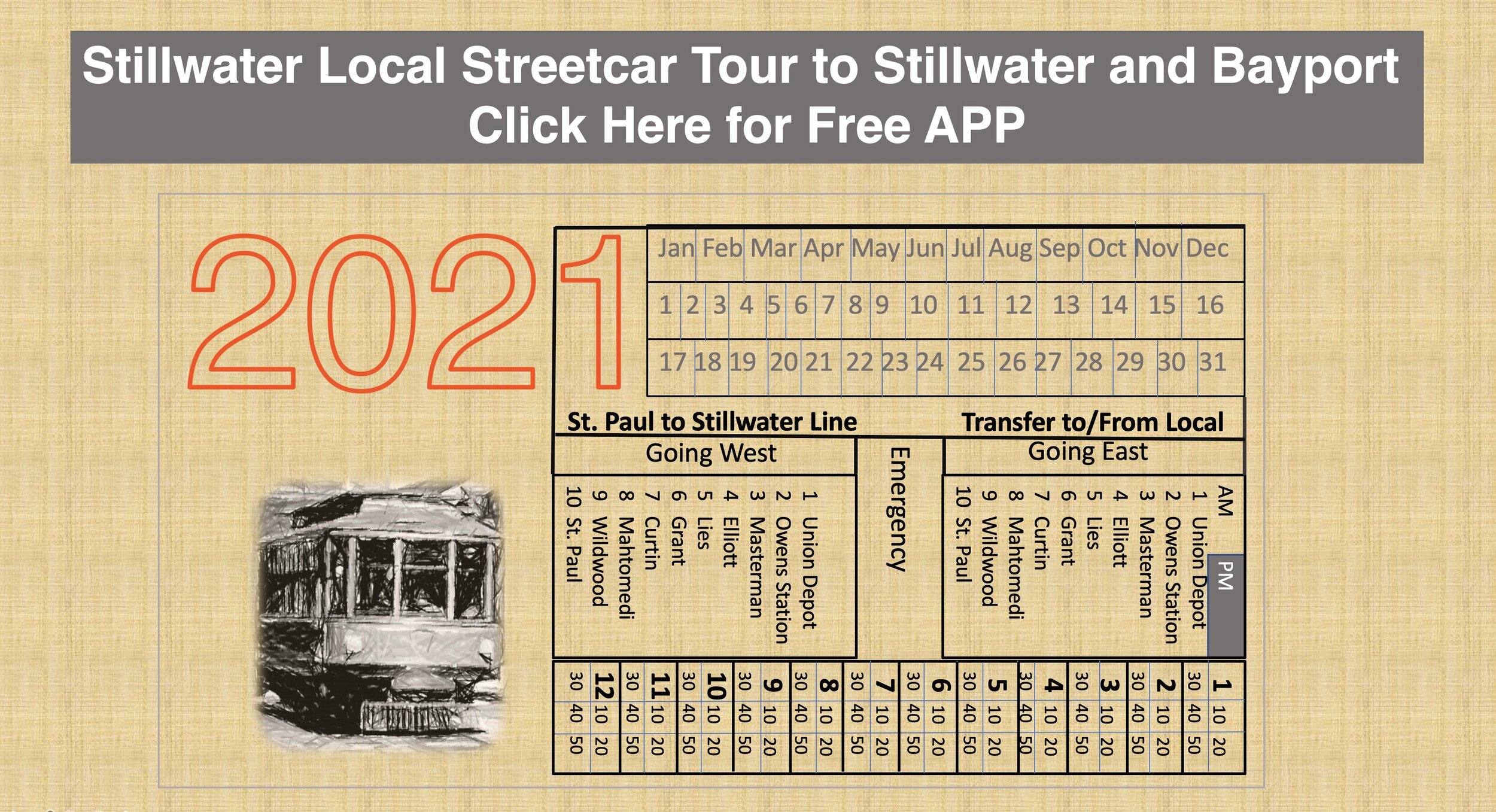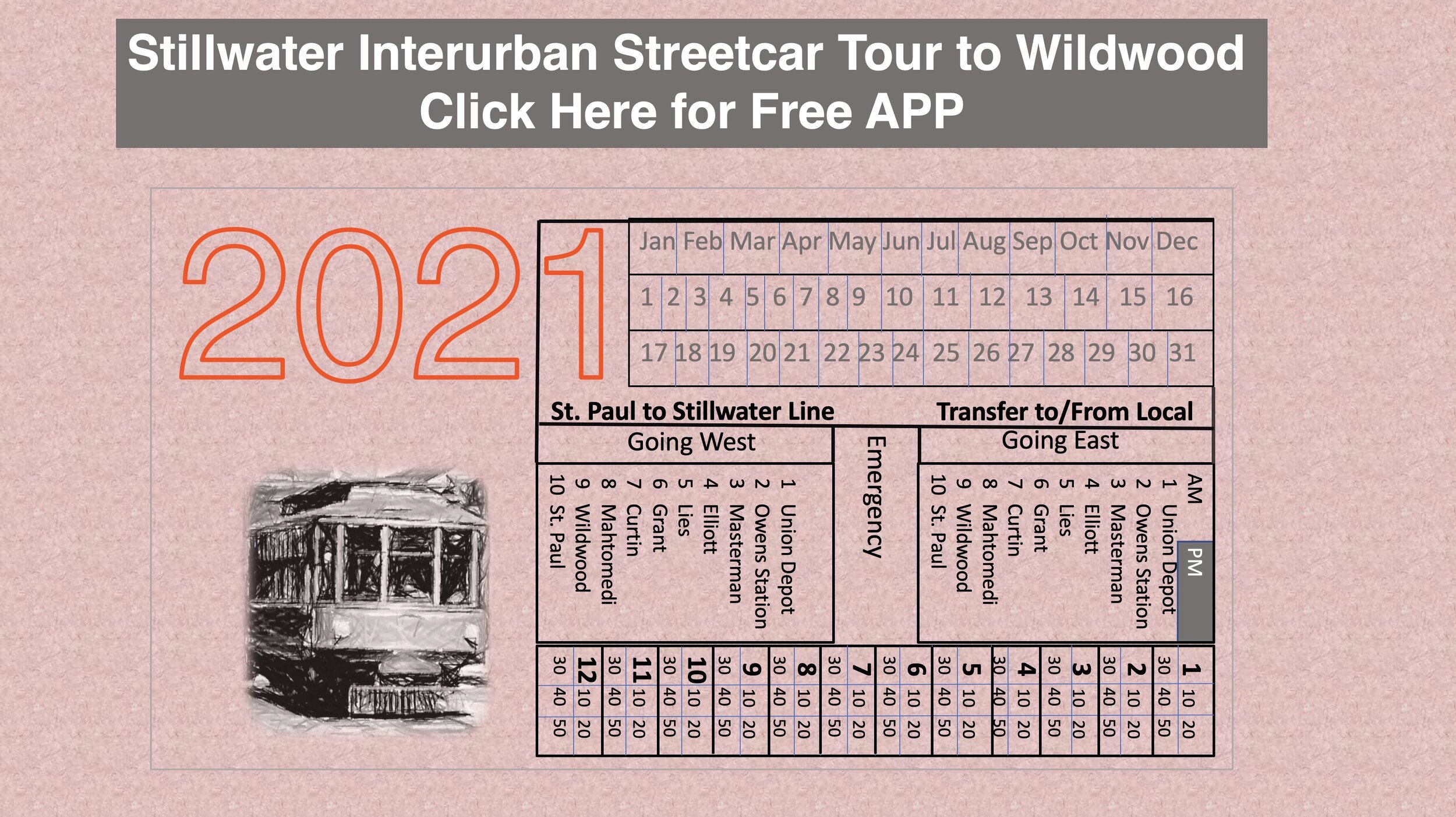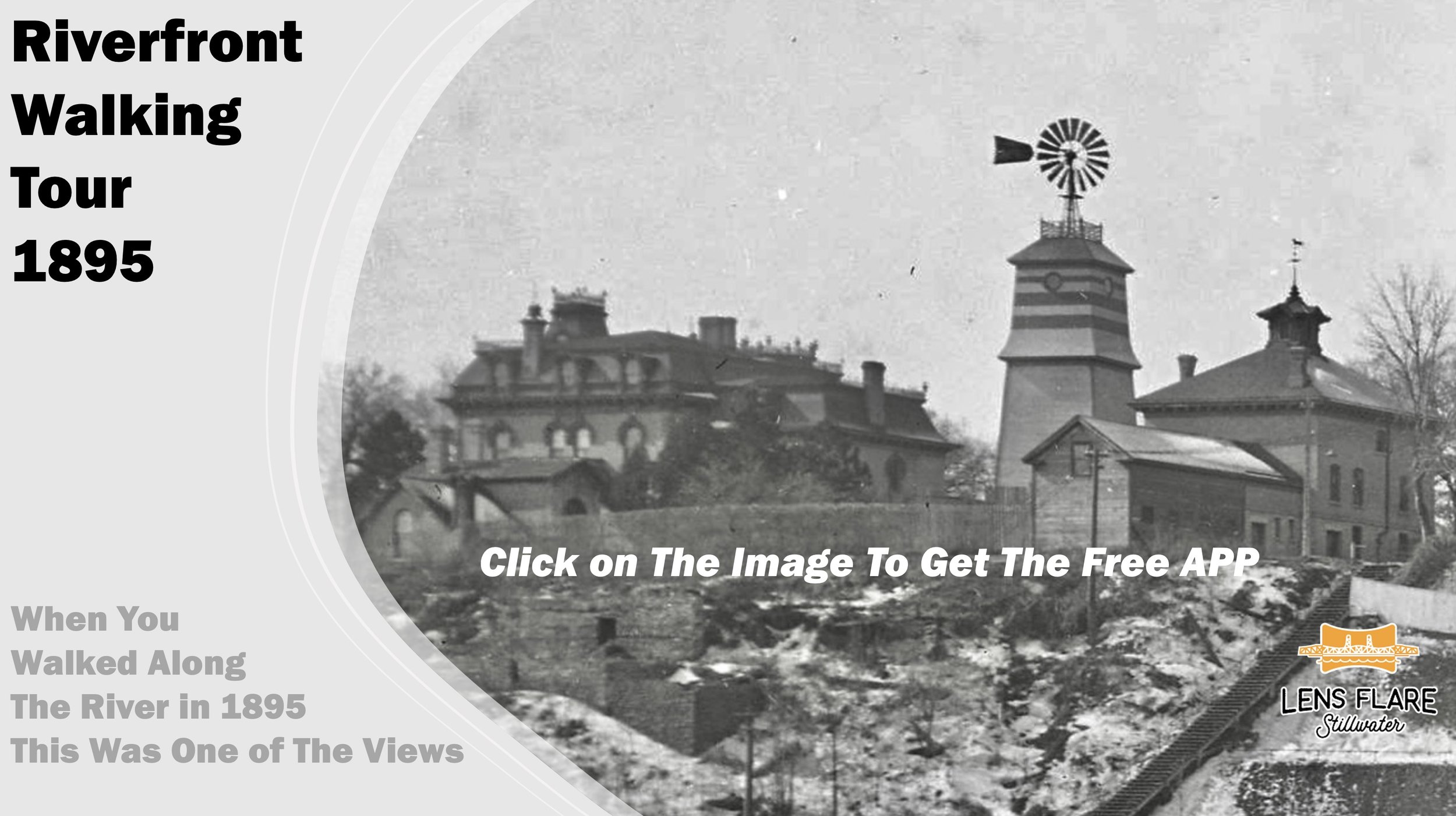Lincoln School
by Robert Molenda
Lincoln School was the first high school in Stillwater, located between Third Street and Fourth Street and between School Street and Laurel Street on the North Hill. It was built in 1873 and was called the Government Hill Building until 1888 when the name was changed to Lincoln School. The building had three stories and had fifteen rooms. The school had a bell in the belfry that was rung for classes and other events. It was built for $45,000 and was constructed of locally supplied limestone. It graced the skyline of Stillwater and can be viewed in many early photographs of Stillwater.
Mr. Jerome Larson was a student at Lincoln School for seven years, starting in 1914. He also mentions that his father also attended Lincoln School at one time. The building was had a kindergarten and first grade on the level that was just below grade level. The other classes were on the three floors above, which were about ten feet above grade level at the front entrance to the building. The stairwells were aligned opposite each other at the two entrances. The walls and ceilings were plastered and painted ivory. There were two pendant light fixtures in each room that had incandescent lamps.
The caretaker was a Mr. Carlson who also rang the bell to announce the start of the school day. He also rang the bell at noon and recess. In order to ring the bell, Carlson pulled on a rope that extended from the belfry down to the second floor. When the bell had enough momentum, the rope would pull Mr. Carlson upwards off the floor, where he would again repeat the pulling process when he returned to the floor.
The toilets were near the boiler room and they had modern conveniences of the era. Water ran all the time and privacy was assured by wooden stalls with doors.
The building was razed in 1939 and the bell presently is part of the Stillwater Area High School.
Close your eyes and think about what it must have been like to be a classmate of Mr. Jerome Larson in 1914. You walk to school every day. Lincoln School faced west on Fourth Street. There also was a rear entrance on the east side of the building, facing Third Street. Everyone walked up the stone stairs to enter the building. There were few automobiles in Stillwater, there were no buses, but there also were few traffic hazards. In addition, women and mothers did not drive as they do today. You can hear the bell ringing and calling the classes to begin. In the first grade, you went to the room near the entrance, near the boiler room. The other children went to grades kindergarten thru high school. The building was constructed of huge limestone blocks and had a wonderful belfry that could be seen from anywhere in Stillwater. The room had two entrance doors and a cloak room. Each room had two pendant electric lamps, but hardly enough light. The building was modern for its time and had electricity, heat and running water. Your teacher was Miss Melby, who was very pretty and unforgettable, because she was your first teacher. Other favorite teachers were Maude Murray and Mary Jenks, the principal.
A single teacher taught all subjects through the third grade.
Beyond that, children moved from room to room by subject. While changing classes, the children listened to music from a Gramophone, a tabletop model with a large, horn shaped speaker.
Most pupils left the school for lunch at their homes. There were no free lunches and as a rule, children did not bring their lunches. There was one hour for lunch and this included the walk home, the lunch and any chores that you had to accomplish before you went back to school.
References:
Jerome W. Larson
Stillwater Reflections and Lincoln School Days
Memories of Growing up in Stillwater, Minnesota
MnR977.6 Lar
Unpublished Manuscript Stillwater Public Library
St. Croix Collection
Keith Ryskoski, Stillwater Area Public Schools 10/12/2005
Stillwater Public Schools E News
Lillie News.com
1976 School District 834 Annual Report
Brent T. Peterson“Stillwater: The Next Generation”
Brent T. Peterson, Stillwater Gazette, December 31, 2015









